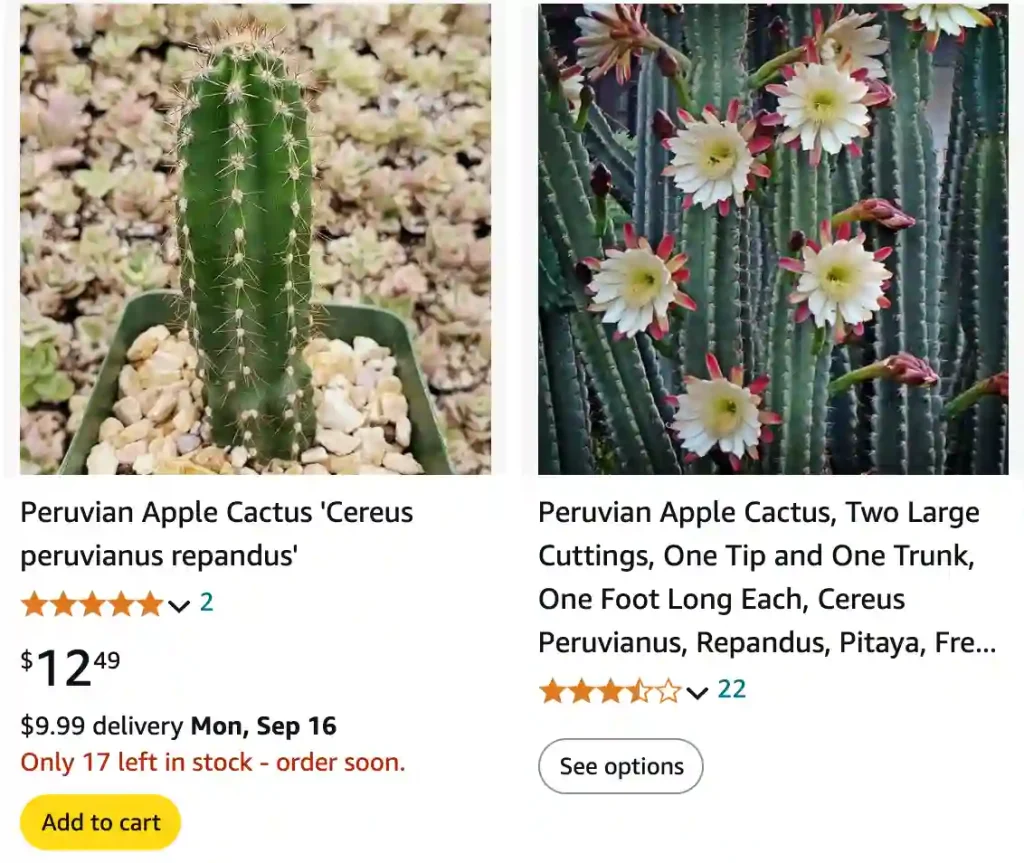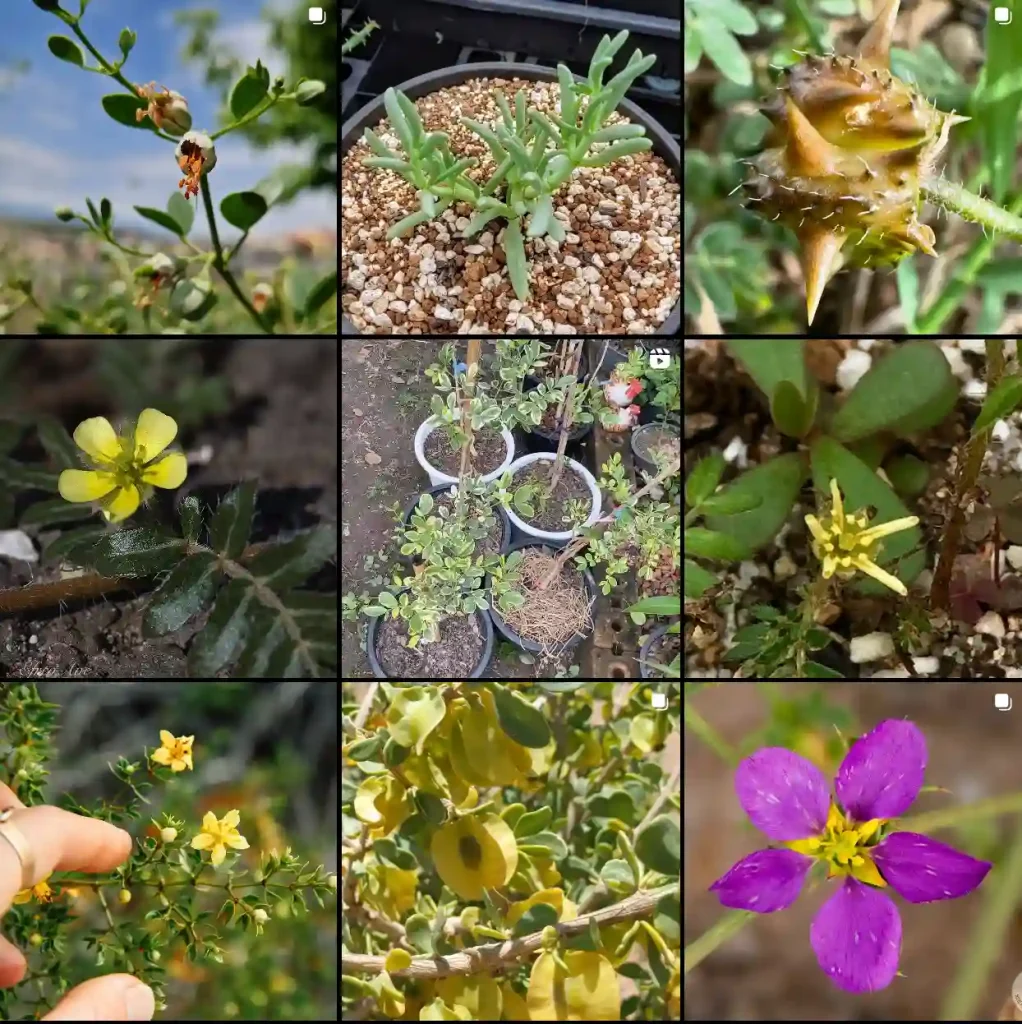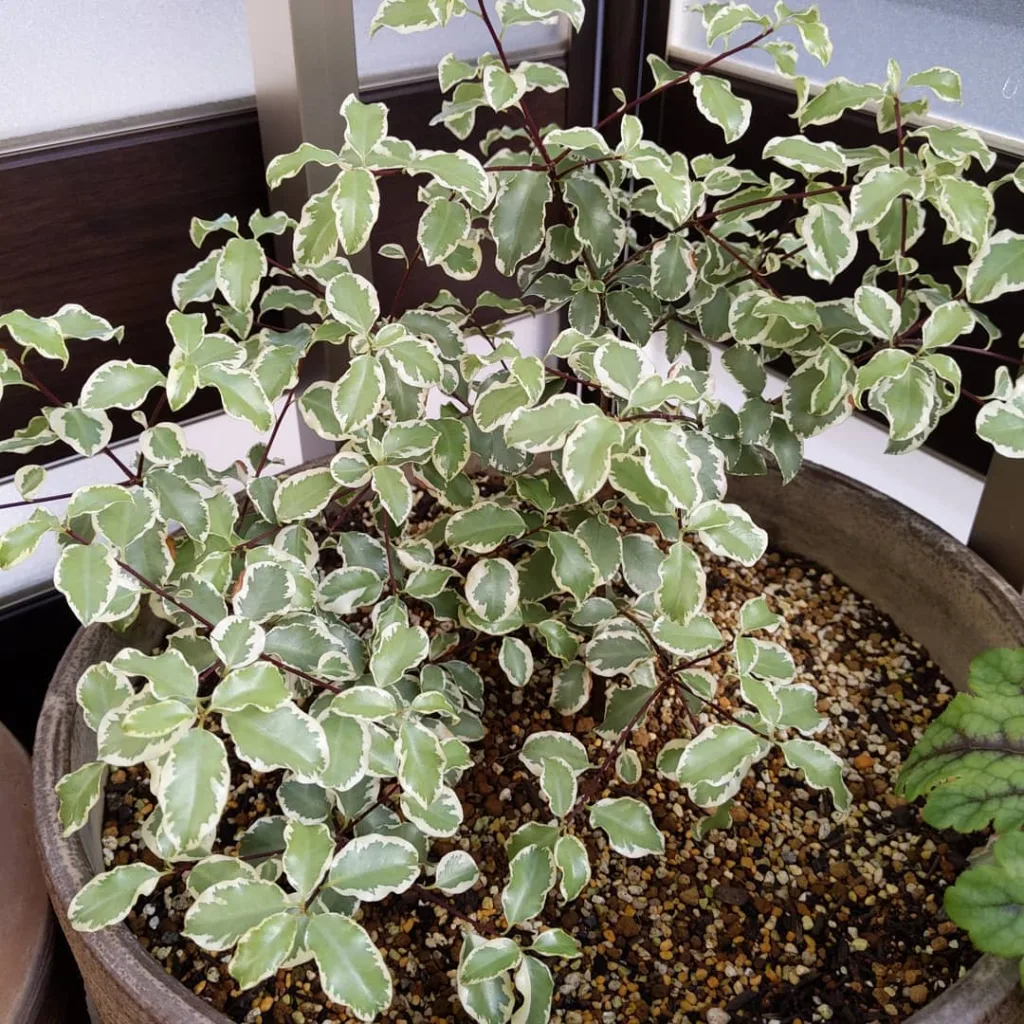
FAQs About Cereus Repandus
Cereus Repandus, often known as the Peruvian Apple Cactus or Hedge Cactus, is a striking plant that adds a bold, architectural touch to gardens and indoor spaces. I’ve had the pleasure of caring for this cactus, and I’ve encountered quite a few questions along the way. In this article, I’ll share my experiences and answer some frequently asked questions about Cereus Repandus, focusing on its care, toxicity, propagation, and comparisons with similar species.
27 Species in Genus Cereus
What is Cereus Repandus?
Cereus Repandus is a type of cactus native to South America. It features tall, columnar stems that can reach impressive heights, sometimes up to 30 feet outdoors. This cactus is known for its bluish-green color and ribbed stems, which produce beautiful white, nocturnal flowers followed by edible red or yellow fruits. Its striking appearance and relatively low maintenance make it a popular choice for both garden and indoor plant enthusiasts.
How to Care for Cereus Repandus in Florida?
Caring for Cereus Repandus in Florida is relatively straightforward, thanks to the warm climate. Here are some tips to keep your cactus healthy and thriving:
- Light: Cereus Repandus loves the sun. Plant it in a location where it can receive full sunlight for at least six hours daily. If you’re growing it indoors, place it near a south or west-facing window.
- Soil: Use well-draining soil, such as a cactus mix, to prevent root rot. You can also add sand or perlite to improve drainage.
- Watering: This cactus is drought-tolerant and requires minimal watering. Water it thoroughly but infrequently, allowing the soil to dry out completely between waterings. Overwatering is one of the most common mistakes when caring for Cereus Repandus.
- Temperature: Cereus Repandus prefers warm temperatures and can handle the heat of Florida summers. However, it should be protected from frost, as freezing temperatures can damage or kill the cactus.
- Fertilizing: During the growing season (spring and summer), you can feed your cactus with a balanced, diluted cactus fertilizer once a month. Avoid fertilizing in the fall and winter when the plant is dormant.
Is Cereus Repandus Poisonous to Dogs?
One common concern for pet owners is whether Cereus Repandus is poisonous to dogs. Fortunately, Cereus Repandus is not toxic to dogs. This makes it a pet-friendly plant choice for those who want to keep their furry friends safe. However, it’s always a good idea to keep an eye on your pets to prevent them from chewing on the plant, as the spines can cause physical harm.
Cereus Repandus vs. Cereus Peruvianus
Cereus Repandus and Cereus Peruvianus are often confused due to their similar appearance. Both are columnar cacti with blue-green stems and ribbed surfaces. However, there are some subtle differences:
- Cereus Repandus tends to have a more bluish tint to its skin, and its ribs are more pronounced. It also produces edible fruits that are often referred to as “Peruvian apples.”
- Cereus Peruvianus, sometimes called the Peruvian Torch Cactus, may have a more greenish hue and slightly different rib patterns. It’s known for its rapid growth and can also produce edible fruit, although it may be less common than those from Cereus Repandus.
Both species are beautiful and have similar care requirements, so the choice often comes down to personal preference.
How to Propagate Cereus Repandus?
Propagating Cereus Repandus is relatively easy, and it can be done through cuttings:
- Take a Cutting: Use a clean, sharp knife to cut a segment of the stem. Allow the cutting to dry for a few days to form a callus over the cut surface.
- Planting: Once the callus has formed, plant the cutting in a pot filled with well-draining cactus soil. Water it lightly and place it in a bright, sunny location.
- Watering: Water the cutting sparingly until roots begin to develop. After that, you can follow a regular watering schedule, allowing the soil to dry out completely between waterings.
Can You Grow Cereus Repandus Indoors?
Yes, you can grow Cereus Repandus indoors. It’s an excellent choice for a sunny spot in your home, as long as it receives plenty of light. A south-facing window is ideal. Make sure to use a pot with drainage holes and a well-draining soil mix to prevent waterlogging. Indoors, this cactus can add a dramatic, sculptural element to your decor.
Common Problems with Cereus Repandus
Like any plant, Cereus Repandus can face a few common problems:
- Overwatering: This is the most common issue. Overwatered cacti can develop root rot, which can be fatal. Always let the soil dry out completely before watering again.
- Pests: Watch out for pests such as mealybugs and spider mites. These can be treated with insecticidal soap or neem oil.
- Frost Damage: Protect your cactus from frost, especially in colder climates. Move it indoors or cover it during cold snaps.
Benefits of Growing Cereus Repandus
Growing Cereus Repandus comes with several benefits:
- Aesthetic Appeal: Its tall, columnar shape and striking color make it a focal point in any garden or indoor space.
- Edible Fruit: The fruits are not only edible but also tasty, often compared to dragon fruit.
- Low Maintenance: This cactus is hardy and requires minimal care, making it ideal for busy gardeners or those new to cactus care.
In conclusion, Cereus Repandus is a versatile and beautiful plant that can thrive in both outdoor and indoor environments. With its low maintenance requirements and stunning appearance, it’s no wonder this cactus is a favorite among plant enthusiasts. Whether you’re in Florida or another warm climate, or looking to bring a piece of the desert into your home, Cereus Repandus is a fantastic choice.
If i die, water my plants!



